
Why Is Pike the Most Painful Stretch?
Introduction
The pike stretch is often hailed as a gateway to flexibility, yet many practitioners find themselves wincing in discomfort rather than reveling in the stretch. Why is it that this seemingly simple motion can lead to so much pain? Let’s break it down, shall we?
This stretch essentially involves folding forward at the hips while keeping the legs straight. Sounds easy, right? But for many, it’s like trying to touch the sky while standing on a trampoline. The mechanics of this stretch can trigger nerve tension, especially in the sciatic nerve.
As you bend forward, you may feel a delightful pull in your hamstrings and calves. But for others, the experience is more akin to a wrestling match with a particularly stubborn opponent. Understanding the anatomy involved can transform your approach to flexibility training.
So, whether you’re a seasoned gymnast or a curious beginner, getting to grips with the pike stretch can turn your pain into gain. Let’s learn why this stretch is often considered the most excruciating of them all and how to tackle it with a smile.
To enhance your stretching experience, consider investing in a Yoga Mat. A non-slip surface can provide stability and comfort, making it easier to focus on your form without worrying about sliding around.
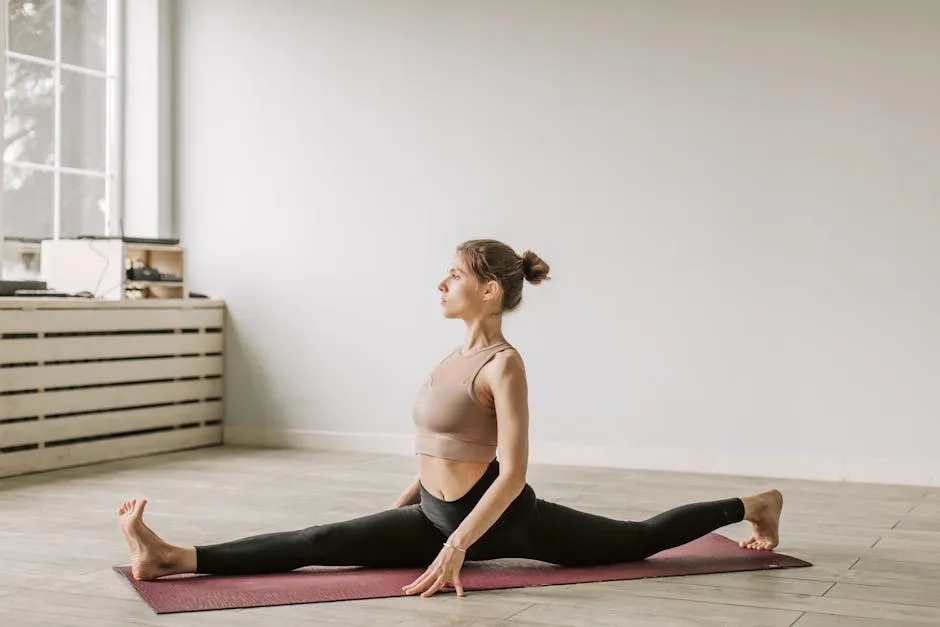
Why the Pike Stretch Can Be Painful
Nerve Tension and Its Effects
Nerve tension can feel like an unwelcome guest crashing your stretching party. The sciatic nerve, that long and pivotal nerve running from your lower back down to your legs, often gets the blame. When you perform the pike stretch, you’re bending forward at the hips while keeping your legs straight. This position can stretch the hamstrings but may also provoke some serious nerve tension, especially if you’re not careful.
When you flex your feet during the pike, it might seem like a good idea. However, contrary to popular belief, this action doesn’t deepen your hamstring stretch. Instead, it places excessive tension on your sciatic nerve, leading to discomfort. Think of it this way: while muscles can stretch, nerves prefer to glide. When your feet are flexed, you’re pulling on the nerve, which can cause feelings of tightness, tingling, or even pain. If you find yourself feeling “stuck” in the stretch or experiencing odd sensations in your legs, it’s a telltale sign of nerve tension.
To alleviate some of this tension, consider pointing your toes instead. This simple adjustment can help redirect the stretch back to your hamstrings, allowing your body to feel the intended benefits of the pike stretch without the nerve drama.
Investing in a Foam Roller can also be a game-changer. It helps release tight muscles and improve blood flow, making it easier to tackle those pesky pike stretches without feeling like you’re wrestling with a bear.

Common Mistakes in Performing the Pike
Now, let’s talk about common mistakes that can make the pike stretch feel like a punishment rather than a reward. First up, rounding the back. It’s tempting to curve your spine as you lean forward, but this can lead to significant strain. When your back is rounded, the pressure shifts to your lower back, which can feel like a wrestling match—painful and pointless.
Another mistake? Improper alignment. Many practitioners fail to keep their hips stacked over their heels. If your hips are too far back or your knees are bent, you’re not only compromising the stretch but also risking injury. Keeping your legs straight and your back flat is essential. Remember, a flat back keeps the focus on the hamstrings and spares your spine from unnecessary strain.
Lastly, many individuals rush into the pike without proper warm-up. Jumping straight into this stretch can lead to injuries and discomfort. A few gentle warm-up exercises can make a world of difference. Stretching should feel good, not like a battle against your body.
Consider incorporating a Stretching Strap into your routine. It can assist in achieving proper alignment and help you ease into stretches without straining your muscles unnecessarily.
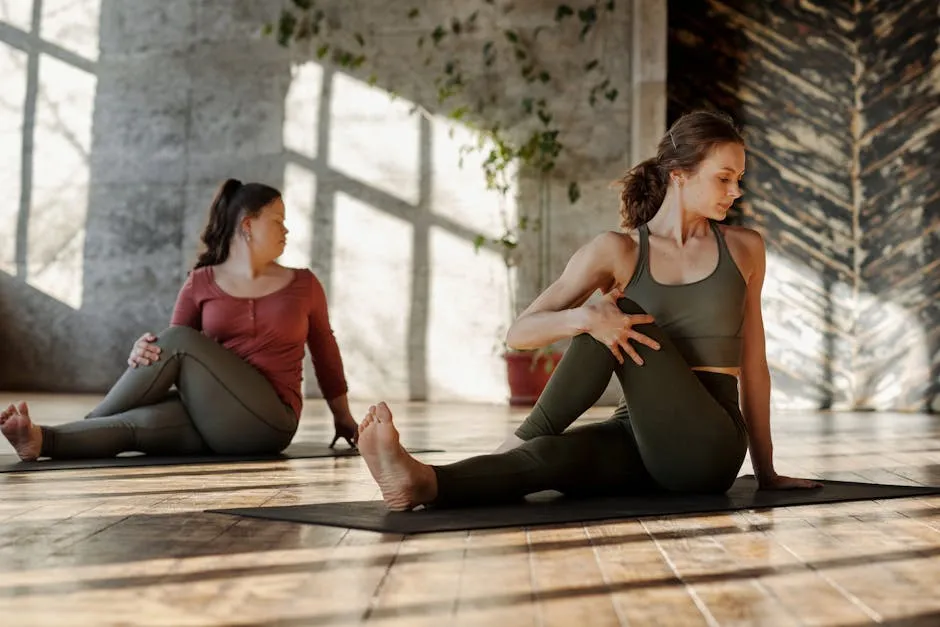
Psychological Aspects of Pain
Stretching is as much a mental game as it is a physical one. The way we perceive pain can significantly affect our stretching experience. When you hit that pike stretch and feel discomfort, your brain might amplify the sensation, transforming a minor twinge into a full-blown alarm. Fear and anxiety about pain can create a cycle where you tense up, leading to even more discomfort.
Imagine this: you’re in the pike stretch, and as soon as you feel a twinge, your mind races. “What if I injure myself?” Suddenly, that slight stretch turns into a volcano of pain. This mental spiral can prevent you from relaxing into the stretch, which is crucial for gaining flexibility.
To combat this, practice mindfulness. Focus on your breath and visualize the stretch as a gentle wave rather than a mountain to climb. Embrace the process of stretching, recognizing that some discomfort is normal. By changing your mental approach, you can reduce the perception of pain and make the pike stretch a more enjoyable experience.
In summary, understanding nerve tension, correcting common mistakes, and addressing the psychological aspects of pain can help make the pike stretch less painful and more beneficial. Embrace these insights, and you’ll find yourself on the path to flexibility without the fear of pain!
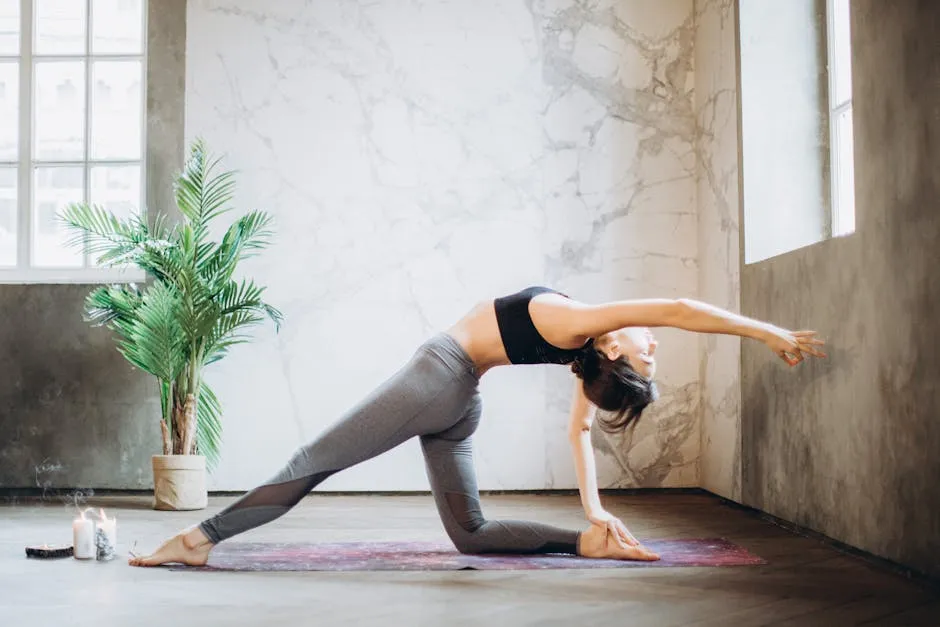
Strategies for a Pain-Free Pike Stretch
Achieving a pain-free pike stretch isn’t just about flexibility; it’s a combination of warm-ups, corrections, and strengthening techniques. Let’s get to it!
Proper Warm-Up Techniques
Warming up is essential before attempting the pike stretch. Think of your body as a car; you wouldn’t start driving without warming up the engine, right? A proper warm-up prepares your muscles, increases blood flow, and reduces the risk of injury.
Start with light cardio to get your heart pumping. A brisk walk or some Jump Rope can do wonders. Next, focus on exercises that target the posterior chain—the hamstrings, calves, and lower back. Here are a few recommended warm-up exercises:
- Dynamic Leg Swings: Stand on one leg and swing the other leg forward and backward. This mobilizes the hip joint and warms up the hamstrings.
- Cat-Cow Stretch: Transition between arching and rounding your back while on all fours. This improves spine mobility and warms up your lower back.
- Standing Toe Touches: While standing, slowly bend forward to touch your toes. This gently stretches your hamstrings and calms your body for deeper stretches.
- Seated Hamstring Stretch: Sit on the floor with legs extended. Reach toward your toes while keeping your back straight. This stretches your hamstrings and prepares them for the pike.
These warm-up exercises are crucial for a successful stretch. They help you ease into the pike and minimize discomfort. And don’t forget to hydrate! A Sports Water Bottle can keep you refreshed and energized.
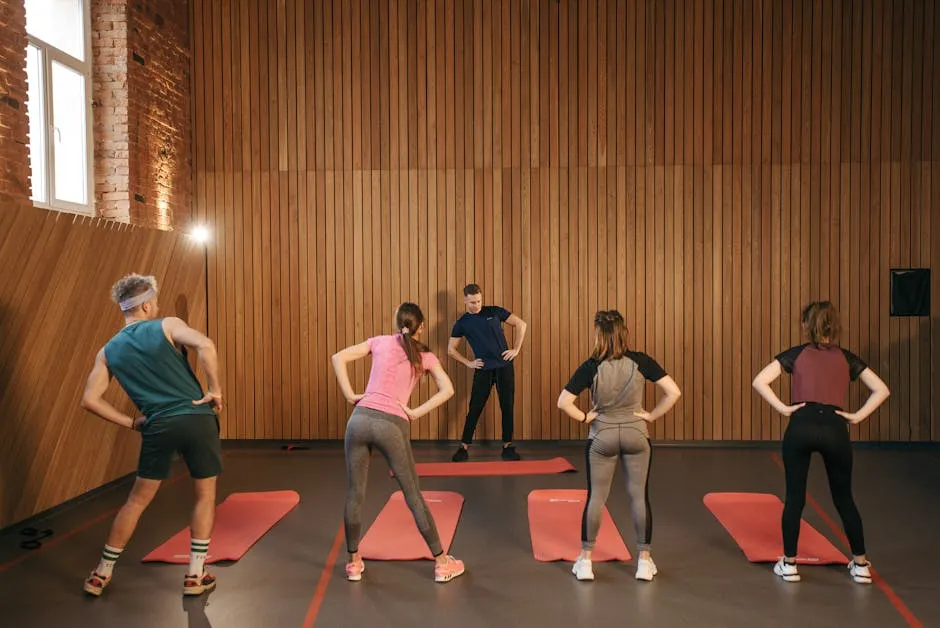
Correcting Mistakes
Keeping the Back Flat
Now, let’s talk about the common errors that can make the pike stretch feel like a wrestling match. The first mistake? Rounding your back! Maintaining a neutral spine is vital for a successful pike stretch. Here are some techniques to help keep your back flat:
- Engage Your Core: Tightening your abdominal muscles helps maintain a neutral spine. Think of your core as a shield for your back.
- Hip Hinge: When bending forward, focus on hinging at the hips instead of bending your back. Imagine folding your torso over your legs like a hinge on a door.
- Use a Mirror: If possible, practice in front of a mirror. This way, you can check your form and ensure your back stays straight.
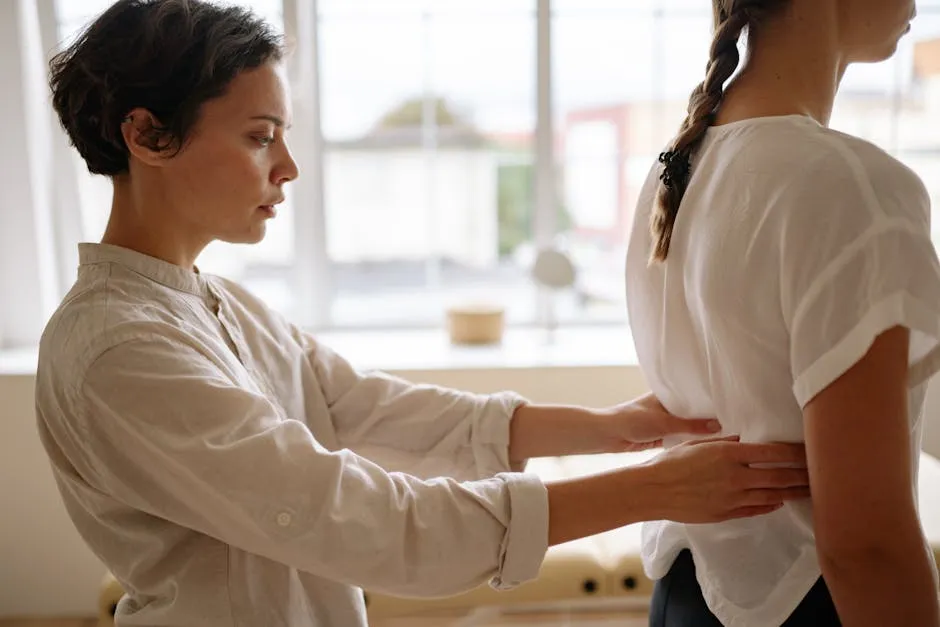
Foot Positioning
Ah, foot positioning—the unsung hero of the pike stretch! Proper foot placement can significantly reduce nerve tension and discomfort. Here’s how to position your feet:
- Point Your Toes: Contrary to popular belief, flexing your feet doesn’t enhance your stretch. Instead, it can increase tension on the sciatic nerve. Pointing your toes allows for a smoother stretch and minimizes nerve strain.
- Keep Feet Together: Keeping your feet together helps maintain alignment and reduces the risk of injury. This position also encourages a deeper stretch in the hamstrings.
- Experiment with Angles: Everyone’s body is different! Try slightly adjusting the angle of your feet to find the most comfortable position that alleviates tension.
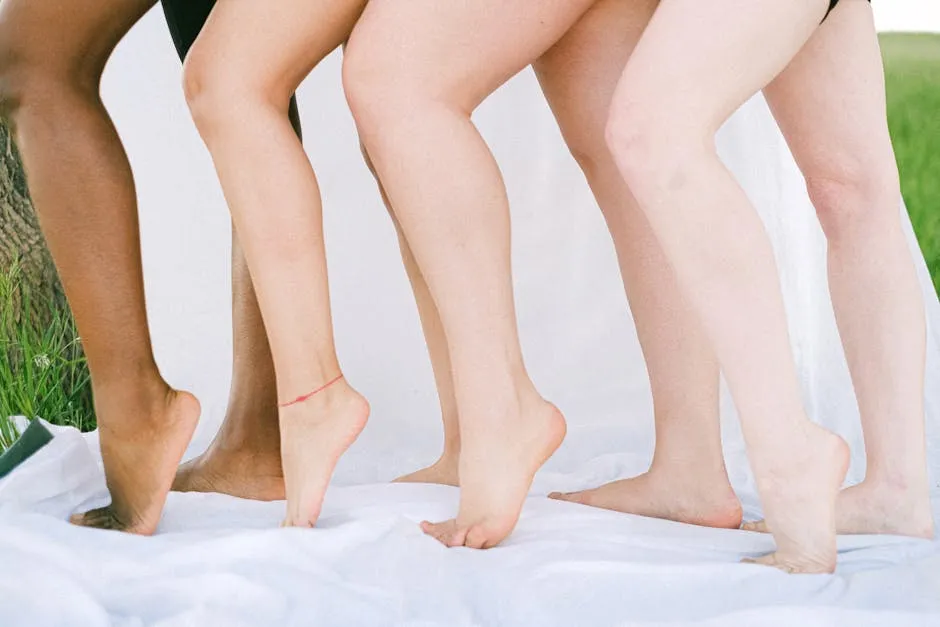
Strengthening and Flexibility Techniques
Strengthening the relevant muscle groups is essential for improving your pike stretch. Here are some recommended exercises to bolster your hamstrings and hip flexors:
- Romanian Deadlifts: Stand with feet hip-width apart, holding weights in front. Hinge at your hips while maintaining a flat back. This exercise strengthens your hamstrings and improves overall flexibility.
- Bridge Exercise: Lie on your back with knees bent and feet flat. Lift your hips towards the ceiling while squeezing your glutes. This strengthens the posterior chain and opens up your hips.
- Lunges: Perform forward lunges and hold for a few seconds. This not only stretches your hip flexors but also strengthens your legs.
Incorporating mobility exercises into your routine is equally important. These exercises can help improve overall flexibility and range of motion:
- Seated Straddle Stretch: Sit with legs wide apart and lean forward. This targets the inner thighs and hips, enhancing flexibility.
- Pigeon Pose: From a plank position, bring one knee to your wrist while extending the other leg back. This stretches the hip flexors, glutes, and hamstrings.
- Foam Rolling: Spend some time rolling out your hamstrings, calves, and lower back. This helps release tight muscles and improves blood flow.

By integrating these strategies into your routine, you’ll not only minimize discomfort but also enhance your pike stretch. Flexibility is a journey, and with the right approach, it can be a smooth ride!
Alternative Stretches
If the pike stretch feels like a trip to the dentist, don’t worry! There are plenty of alternative stretches that can target those stubborn muscle groups without the discomfort. Here are some friendly suggestions:
- Seated Forward Bend: Sit with your legs straight and reach for your toes. This stretch keeps your back straight, easing tension in the hamstrings without pulling on the sciatic nerve.
- Standing Forward Bend: Stand tall, then hinge at your hips and fold forward. Let gravity do the work! This variation is gentler and allows for a relaxed upper body.
- Butterfly Stretch: Sit with the soles of your feet together and gently press your knees toward the ground. This opens up your hips while stretching the inner thighs—talk about multitasking!
- Leg Stretch with Towel: Lie on your back and use a towel to pull one leg toward you while keeping it straight. This targets the hamstrings without the nerve tension.
- Lying Hamstring Stretch: Lie flat and raise one leg, keeping it straight. This stretch helps target those hamstrings while allowing your lower back to relax.
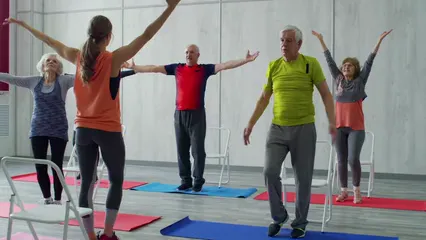
These alternatives can bring a smile to your flexibility routine. They effectively target similar muscle groups, making your stretching experience enjoyable and pain-free. Remember, it’s all about finding what works best for your body. Happy stretching!
For added comfort during your stretching sessions, consider using a Yoga Block. It can help support your body in various poses, making it easier to maintain proper alignment and depth in stretches.

Conclusion
The pike stretch may be one of the most challenging stretches due to the intricate interplay of anatomy, technique, and mental perception. By understanding the reasons behind the discomfort and utilizing effective strategies, practitioners can navigate the path to enhanced flexibility without the accompanying pain.
The science of stretching is fascinating, isn’t it? While the pike stretch is often seen as the villain of flexibility routines, it doesn’t have to be. Embracing it can lead to personal breakthroughs in your flexibility journey.
Instead of viewing pain as a roadblock, think of it as feedback from your body. Each stretch is a step toward greater understanding and capability. With patience and practice, you can transform the pike stretch into an empowering experience rather than a painful reminder.
So, let’s celebrate the journey of self-discovery! Each little improvement adds up, leading to rewarding progress over time. Remember, flexibility isn’t just about achieving a perfect pike; it’s about embracing the process and enjoying the ride. Keep stretching, stay curious, and may your flexibility flourish!
FAQs
What is a pike stretch?
The pike stretch is a forward fold that targets the posterior chain. You sit with your legs straight and fold forward at the hips. This stretch primarily works the hamstrings, calves, and lower back. It’s significant because it enhances flexibility, making it a staple in gymnastics, yoga, and various fitness routines. The pike stretch acts like a jackknife, allowing your upper body to approach your legs, which can be both rewarding and challenging.
Why does my lower back hurt when I do a pike stretch?
Lower back pain during a pike stretch is common. Several factors contribute to this discomfort. Tight hamstrings can pull on the pelvis, causing strain in the lower back. If your form is off—like rounding your back instead of keeping it flat—you might experience pain. Additionally, flexing your feet can put the sciatic nerve under tension, leading to increased discomfort. If you notice sharp or persistent pain, it might be a sign that you’re overextending or misaligning your body.
How can I improve my pike stretch?
Improving your pike stretch requires a combination of proper technique and consistent practice. Here are a few tips: – Warm Up: Always warm up before stretching. Dynamic movements can help prepare your muscles. – Maintain a Flat Back: Focus on hinging at the hips to avoid rounding your back. Keep your chest lifted and core engaged. – Point Your Toes: Instead of flexing your feet, pointing your toes can reduce tension on the sciatic nerve, allowing for a more effective stretch. – Practice Regularly: Consistency is key. Aim for short, frequent sessions to gradually increase your flexibility.
Are there safer alternatives to the pike stretch?
Absolutely! If the pike stretch feels too intense, consider these alternatives: 1. Seated Forward Bend: Sit with legs straight and reach for your toes, keeping a straight back. 2. Standing Forward Bend: Stand tall, hinge at the hips, and fold forward, allowing gravity to assist. 3. Butterfly Stretch: Sit with the soles of your feet together and gently press your knees toward the ground. This opens the hips while stretching the inner thighs. 4. Lying Hamstring Stretch: Lie on your back and use a strap or towel to pull one leg toward you while keeping it straight. This targets the hamstrings without excessive strain.
Should I see a professional if the pain persists?
If you experience ongoing pain during the pike stretch, it’s wise to consult a professional. A physical therapist or sports coach can assess your form and identify any underlying issues. They can provide tailored advice and exercises to help correct your technique and alleviate discomfort. Ignoring persistent pain may lead to further injury, so seeking help is always a smart move. Your body deserves the best care!
Please let us know what you think about our content by leaving a comment down below!
Thank you for reading till here 🙂
And if you’re looking to enhance your fitness journey even further, consider checking out a Resistance Bands set for strength training and flexibility exercises. They’re versatile and can be used for a variety of workouts!
All images from Pexels




